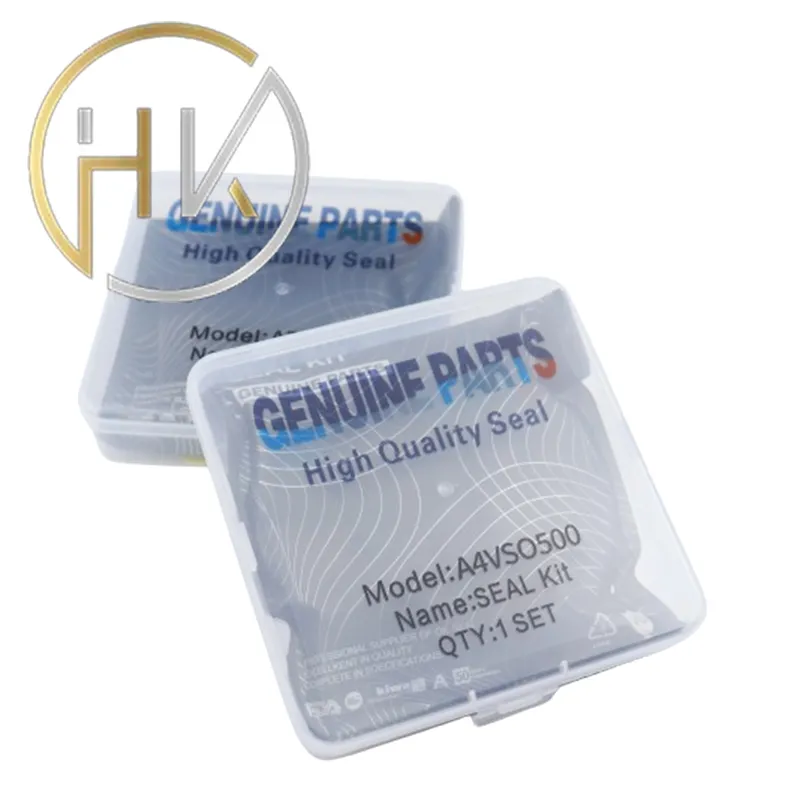Nov . 19, 2024 08:17 Back to list
inner hub seal
Understanding Inner Hub Seals Components and Importance
In the realm of engineering and equipment design, inner hub seals play a pivotal role in ensuring the functionality and longevity of various machinery. These seals are critical components that help prevent leaks, protect internal parts from contamination, and maintain optimal performance. Let’s delve into the intricacies of inner hub seals, their functions, types, and significance in different applications.
What is an Inner Hub Seal?
An inner hub seal, often found in applications such as automotive, marine, and industrial machinery, is designed to fit within the hub of a rotating system. Its primary function is to provide a barrier against external contaminants, such as dirt, dust, and moisture, while also containing essential lubricants within the hub assembly. By maintaining the integrity of the lubricant, the seal helps reduce friction and wear between moving parts, enhancing the overall efficiency of the machinery.
Functions of Inner Hub Seals
1. Contamination Prevention One of the foremost responsibilities of an inner hub seal is to prevent foreign particles from entering the hub area. Dirt and debris can cause significant damage to bearings and other internal components, leading to premature wear and costly repairs.
2. Lubricant Retention These seals ensure that lubricants remain within the hub assembly, which is crucial for reducing friction and facilitating smooth operation. If lubrication is lost due to seal failure, it can result in overheating and eventual breakdown.
3. Pressure Regulation In certain applications, inner hub seals help to manage internal pressures. They can accommodate changes in pressure caused by temperature fluctuations or operational demands, ensuring that seals remain effective under varying conditions.
4. Noise Reduction Properly functioning seals can also reduce noise generated by moving parts. By providing a tight seal, vibrations and sounds produced by the machinery can be minimized, contributing to a quieter working environment.
Types of Inner Hub Seals
inner hub seal

Inner hub seals come in various designs, each tailored to meet specific operational needs. Common types include
- Rubber Seals Often made from elastomers, these seals provide excellent flexibility and resistance to various contaminants. They are commonly used in automotive applications.
- Metal Seals These seals offer superior durability and can withstand higher temperatures and pressures. They are often used in industrial machinery where extreme conditions are prevalent.
- Composite Seals Combining materials, composite seals offer a balance of flexibility and durability, making them suitable for a wide range of applications, from automotive to aerospace.
Importance in Applications
The importance of inner hub seals cannot be overstated. In automotive applications, they safeguard critical components like wheel bearings and transmission systems, which directly impact vehicle safety and performance. In marine applications, these seals protect against water intrusion, which can lead to corrosion and failure of internal parts.
Industrial machines, which often operate under harsh conditions, rely heavily on effective sealing solutions to maximize uptime and reduce maintenance costs. A failure in the inner hub seal of such machinery could lead to extensive downtime and significant financial losses.
Conclusion
In summary, inner hub seals are indispensable components in numerous machines and vehicles. Their ability to prevent contamination, retain lubricants, and reduce friction plays a crucial role in enhancing performance and durability. Understanding the various types of seals and their applications helps engineers and manufacturers design more reliable and efficient equipment. As industries continue to evolve, the development of advanced sealing technologies will further enhance the performance and reliability of inner hub seals, ensuring they continue to meet the demands of modern engineering challenges.
-
TCN Oil Seal Metal Ring Reinforcement for Heavy Machinery
NewsJul.25,2025
-
Rotary Lip Seal Spring-Loaded Design for High-Speed Applications
NewsJul.25,2025
-
Hydraulic Cylinder Seals Polyurethane Material for High-Impact Jobs
NewsJul.25,2025
-
High Pressure Oil Seal Polyurethane Coating Wear Resistance
NewsJul.25,2025
-
Dust Proof Seal Double Lip Design for Construction Equipment
NewsJul.25,2025
-
Hub Seal Polyurethane Wear Resistance in Agricultural Vehicles
NewsJul.25,2025
-
The Trans-formative Journey of Wheel Hub Oil Seals
NewsJun.06,2025
Products categories
















